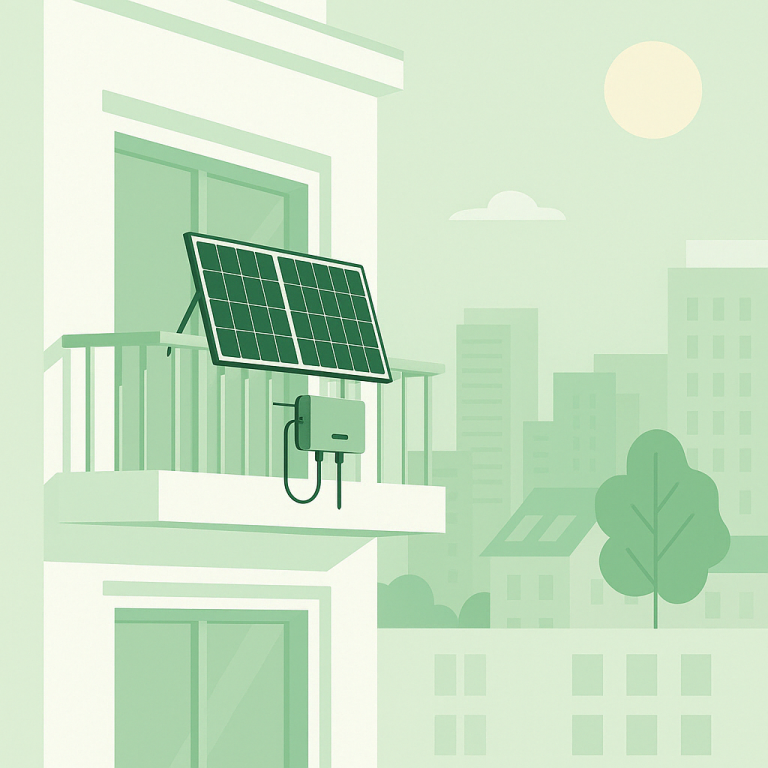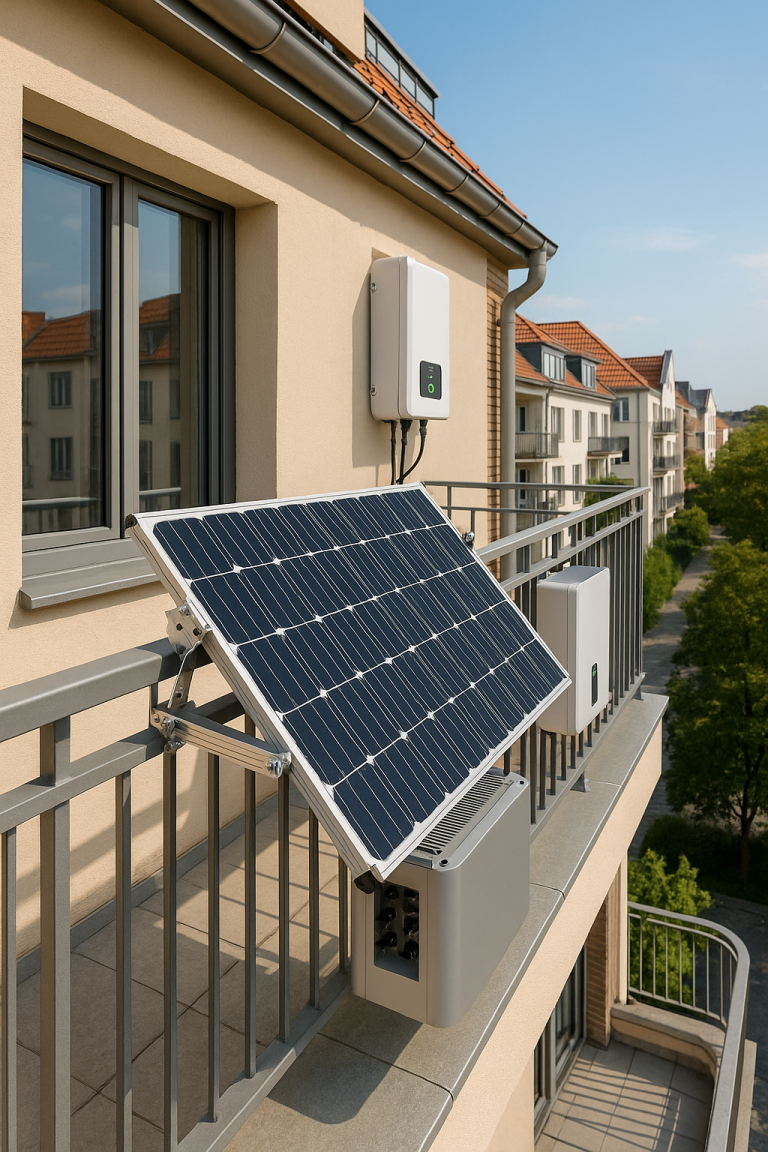1. Introduction
As solar energy continues to grow as a mainstream source of clean power, one component has become increasingly vital: the battery. Solar battery storage systems enable users to store excess energy generated during the day and use it at night or during power outages, maximizing the value and reliability of solar installations.When it comes to battery options for solar storage, two technologies dominate the conversation: LiFePO4 (Lithium Iron Phosphate) and traditional lithium-ion (usually Lithium Cobalt Oxide or Lithium Manganese Oxide). Each has its own strengths, limitations, and best-use scenarios.In this article, we’ll take a deep dive into both battery types, comparing them across key metrics like safety, lifespan, performance, cost, and environmental impact. Whether you’re a homeowner, solar installer, or procurement manager for a B2B energy solution, this guide will help you make a more informed choice.
2. What Is a LiFePO4 Battery Pack?
LiFePO4 stands for Lithium Iron Phosphate, a type of lithium-ion battery chemistry known for its superior thermal stability, safety, and long lifespan. Originally developed for electric vehicles and aerospace applications, LiFePO4 batteries are now widely adopted in the solar energy sector.Key characteristics of LiFePO4 batteries include:- Longer cycle life: Typically 3000–6000 cycles, depending on depth of discharge (DoD).- Stable chemical structure: Less prone to thermal runaway or fire hazards.- Wide operating temperature range: Performs well in cold and hot environments.- Low self-discharge: Retains charge for extended periods when not in use.- Higher upfront cost: But significantly better value over time due to durability.LiFePO4 batteries are often used in modern plug-and-play solar kits, home energy storage systems, and off-grid cabins due to their reliability and safety profile.
3. What Is a Traditional Lithium-ion Battery?
Traditional lithium-ion batteries typically refer to lithium cobalt oxide (LiCoO2), lithium manganese oxide (LiMn2O4), or lithium nickel manganese cobalt oxide (NMC) chemistries. These batteries are commonly used in laptops, smartphones, and many earlier generations of solar systems.Key characteristics of traditional lithium-ion batteries:- Higher energy density: More energy storage per kilogram, useful where space is limited.- Shorter lifespan: Typically 500–1500 cycles, depending on use.- Less thermal stability: Greater risk of overheating or fire under extreme conditions.- Lower upfront cost: But may require earlier replacement.- Wider commercial availability: Established supply chains and many manufacturers.While still in use for some residential and mobile solar setups, traditional lithium-ion batteries are increasingly being phased out in favor of safer and more robust alternatives like LiFePO4, especially in demanding or long-term applications.
4. Safety: Thermal Stability and Chemical Risk
Safety is one of the most critical factors when selecting a battery for home or commercial solar storage. LiFePO4 batteries offer a distinct advantage in this area due to their chemical stability.
LiFePO4 cells are inherently non-combustible, even under harsh abuse conditions such as overcharging, puncturing, or overheating. Their phosphate-based chemistry is more resistant to thermal runaway—a chain reaction that leads to fires or explosions in unstable batteries.
On the other hand, traditional lithium-ion batteries, particularly those with cobalt-based chemistries, are more volatile. While modern battery management systems (BMS) help mitigate risk, these batteries are still more prone to catching fire if damaged or subjected to extreme temperatures.
For applications in homes, off-grid cabins, or any environment where safety and fire prevention are top priorities, LiFePO4 is clearly the safer choice.
5. Lifespan and Cycle Durability
Battery longevity directly impacts both system reliability and long-term cost efficiency. Here, LiFePO4 batteries once again come out on top.
LiFePO4 batteries typically last between 3,000 and 6,000 cycles—or 10 to 15 years of daily use—depending on the depth of discharge (DoD) and maintenance. Their ability to retain capacity over time makes them ideal for solar applications where frequent charging and discharging is the norm.
In contrast, traditional lithium-ion batteries usually last around 500 to 1,500 cycles. This means they may need to be replaced every 3 to 5 years under typical use conditions. Additionally, their faster degradation rate can reduce system performance over time.
If your goal is to build a low-maintenance, high-reliability solar power system with fewer replacements, LiFePO4 provides better lifetime value.
6. Performance and Efficiency
When it comes to performance, both battery types have their strengths, but LiFePO4 is more consistent under demanding conditions.
LiFePO4 batteries operate efficiently across a wider temperature range (typically -20°C to 60°C), making them suitable for both cold northern climates and hot southern regions in Europe. Their voltage remains stable throughout discharge, which is crucial for consistent power supply in solar systems.
Traditional lithium-ion batteries, while having a higher energy density (Wh/kg), tend to experience voltage drops as they discharge. They’re also more sensitive to temperature fluctuations, which can lead to performance loss or even shutdowns in extreme conditions.
LiFePO4 may be bulkier, but in solar storage, reliability and predictability are more important than maximum density—especially for home or stationary use.
7. Cost Comparison: Initial and Lifetime Value
At first glance, traditional lithium-ion batteries appear more budget-friendly due to their lower upfront cost. However, when you consider total cost of ownership (TCO), LiFePO4 batteries often come out ahead.
Although LiFePO4 batteries may cost 20–40% more initially, their significantly longer lifespan (often 2–3 times greater) means fewer replacements over time. This reduces not only direct replacement costs but also labor, system downtime, and disposal fees.
Let’s break this down with an example:
- A typical 5kWh LiFePO4 battery might cost €2,500 and last 10 years.
- A comparable 5kWh traditional lithium-ion battery may cost €1,800 but need replacement after 3–5 years.
Over a 10–15 year period, the LiFePO4 system can end up saving more than €1,000 in replacement costs and maintenance. This makes it a smarter long-term investment for homeowners and businesses alike.
In commercial projects where reliability, scalability, and predictable maintenance are critical, LiFePO4’s value proposition becomes even stronger.
8. Environmental Impact
Environmental sustainability is increasingly important to solar system buyers, particularly in Europe where green policies are actively promoted.
LiFePO4 batteries are considered more eco-friendly for several reasons:
- No cobalt or nickel: Unlike many traditional lithium-ion chemistries, LiFePO4 batteries do not rely on scarce or ethically questionable raw materials.
- Longer life = less waste: Fewer replacements mean fewer batteries sent to landfills or needing recycling.
- Lower risk of leakage: Their stable chemistry means fewer chances of releasing toxic substances into the environment.
- Better recyclability: LiFePO4 cells have a simpler chemical composition, making them easier to recycle at end of life.
While all lithium-based batteries have an environmental footprint, LiFePO4’s durability and clean chemistry give it an edge in lifecycle sustainability.
9. Real-World Applications: Residential & Commercial Use
Let’s put theory into practice. Where are these battery types used, and what results are seen?
LiFePO4 Applications:
- Modern residential solar systems, especially in Germany, France, and the Netherlands
- Off-grid cabins and tiny homes where safety and longevity are paramount
- Commercial solar installations requiring high cycle stability
- Plug & Play solar kits for balconies (a growing trend across the EU)
- B2B projects with long-term energy storage needs
Traditional Lithium-ion Applications:
- Consumer electronics (phones, laptops)
- Mobile power stations with space/weight constraints
- Older-generation solar systems still in use
- Budget-limited DIY solar setups
As market demands shift toward higher efficiency, longer life, and safer energy systems, LiFePO4 batteries are increasingly the go-to solution across Europe’s growing solar landscape.
10. Summary Table: LiFePO4 vs Traditional Lithium-ion Batteries
| Feature | LiFePO4 Battery Pack | Traditional Lithium-ion Battery |
|---|---|---|
| Cycle Life | 3000–6000 cycles | 500–1500 cycles |
| Energy Density | Moderate (90–120 Wh/kg) | Higher (150–200 Wh/kg) |
| Thermal Stability | Very high (resistant to overheating/fire) | Lower (higher fire risk under abuse) |
| Safety | Extremely safe, no cobalt | Moderate to high risk |
| Cost | Higher upfront, better long-term value | Lower upfront, higher replacement cost |
| Temperature Range | -20°C to 60°C | 0°C to 45°C |
| Self-discharge Rate | <3% per month | ~5–10% per month |
| Environmental Impact | Lower (no cobalt/nickel, easier to recycle) | Higher (mining concerns, complex recycling) |
| Best for | Residential solar, commercial, off-grid kits | Electronics, short-term mobile use |
This table provides a clear at-a-glance comparison of the two battery types based on key performance, safety, and environmental criteria.
11. Conclusion: Which Battery Should You Choose?
If you’re building a solar energy system with long-term performance, safety, and sustainability in mind, LiFePO4 is almost always the better choice—especially in the context of residential or commercial solar storage in Europe.
Its high cycle life, thermal stability, and lower environmental impact make it ideal for today’s energy-conscious consumers and installers. Although the upfront cost is higher, the return on investment over a decade or more is significantly better.
However, if your project has extreme space limitations, or you’re working with legacy systems or temporary setups, traditional lithium-ion batteries still have valid use cases—especially if budget is the primary concern.
As the solar industry evolves, and as EU green regulations continue to tighten, LiFePO4 technology is expected to dominate the future of solar storage for both homes and businesses.




